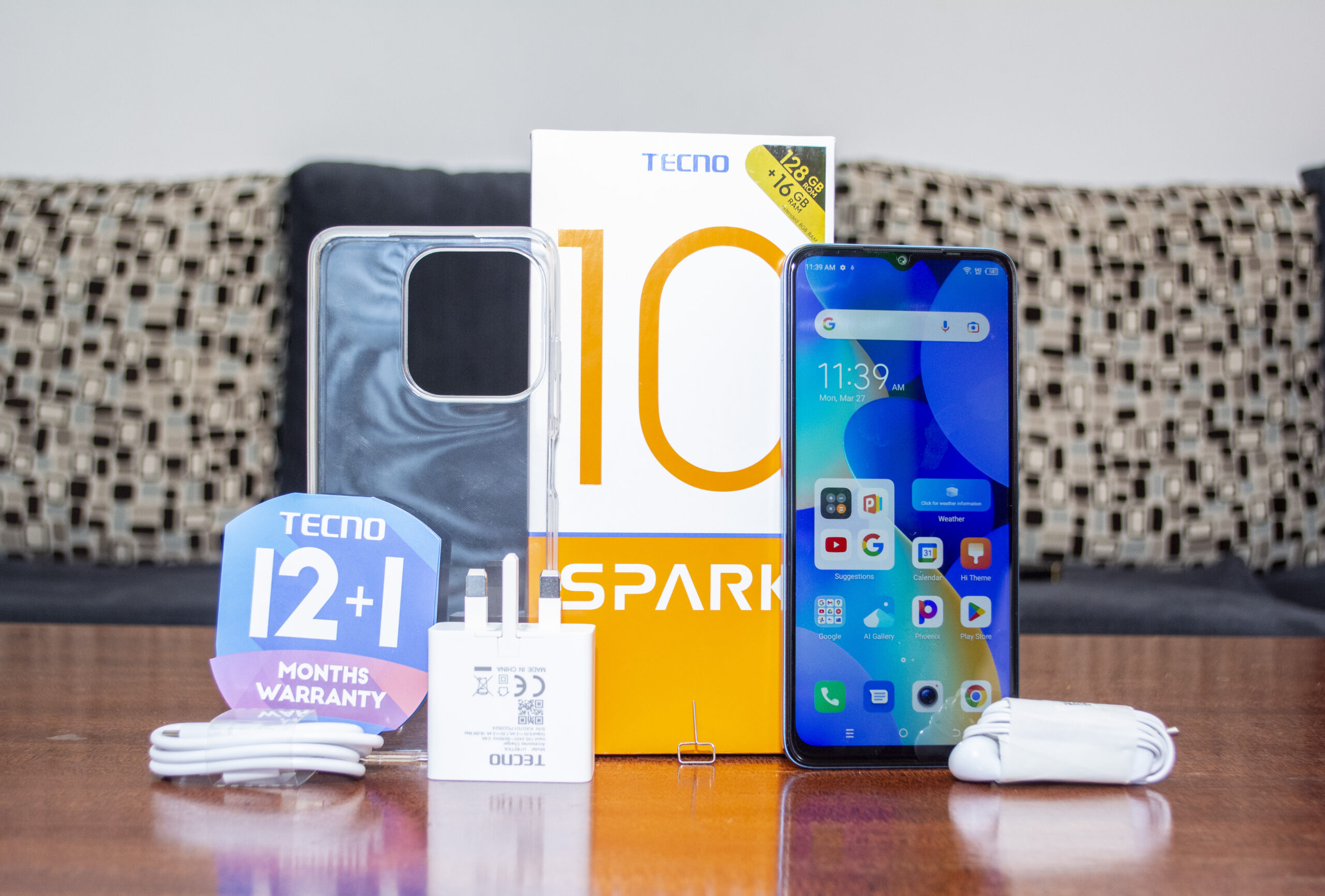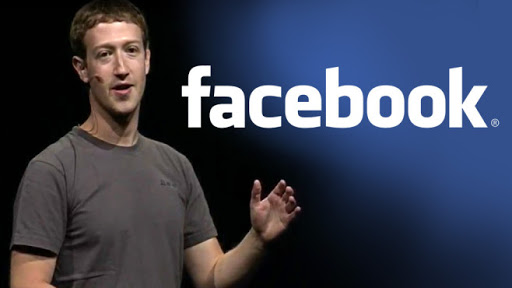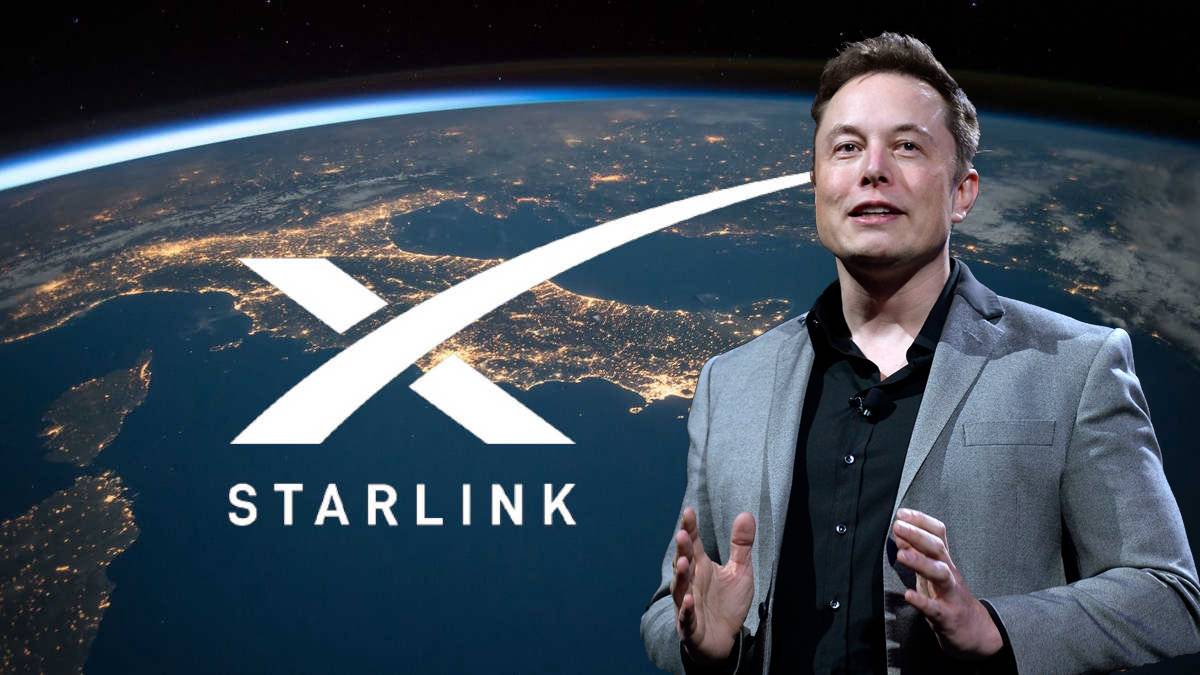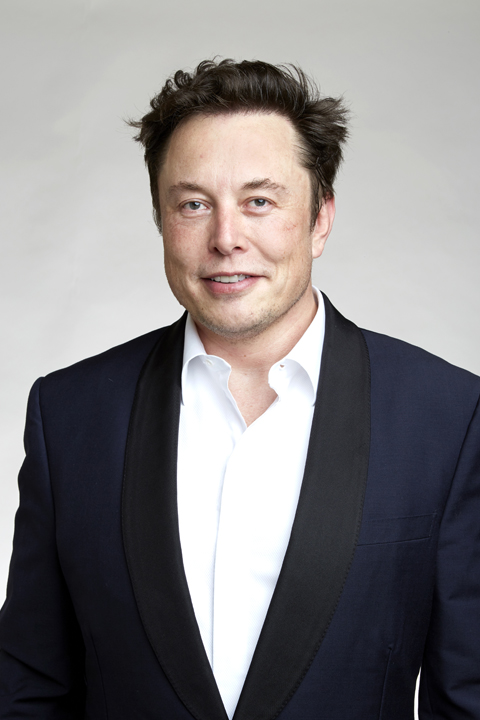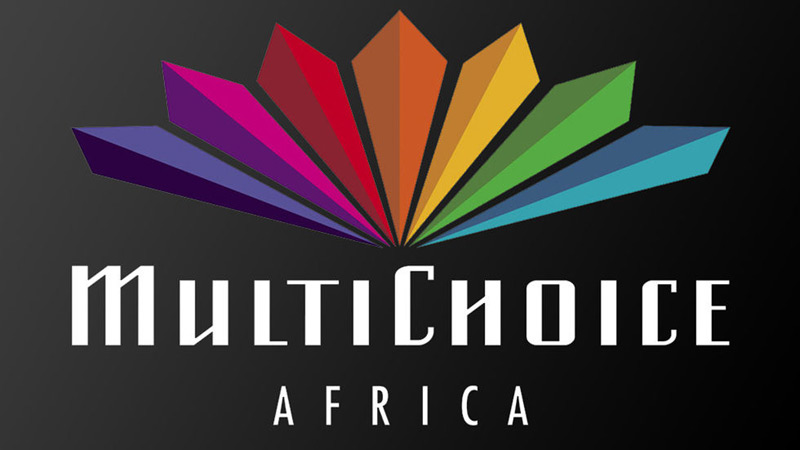Tecno Launches SPARK 10 Pro Magic Magenta Edition Targeting Youth
Innovative technology brand TECNO has launched a groundbreaking upgrade to its popular SPARK 10 Series – the SPARK 10 Pro Magic Magenta Edition. The special edition illuminates the youth’s brilliance with an industry-first “Luminous Eco-Leather Technology”, allowing magical color-changing on a sustainable eco-leather. With eye-catching magenta, it encourages every user to unleash their true, brilliant self.
The SPARK 10C and SPARK 10 are also upgraded with new color versions. The SPARK 10 is now available in a magenta color, while the SPARK 10C boasts a fresh new orange hue, giving consumers more ways to show their fearless individuality.

The SPARK 10 Pro Magic Magenta Edition is the industry’s first smartphone to realize luminous color-changing on eco-leather, illuminating an amazing and surprising new trend that outshines the darkest moments. With this Luminous eco-leather technology, the device absorbs and converts light through a color transformation from vivid magenta to a magical fluorescent glow.
Read also : Why identity infrastructure is key to unlocking financial inclusion and prosperity in Africa
It celebrates TECNO’s latest achievement in color-changing technologies – following others such as CAMON 19 Pro Mondrian Edition’s Sunlight Drawing and the innovative Chameleon Coloring technologies – and highlights the brand’s “Stop at Nothing” spirit of innovation and its commitment to empowering young-at-heart users around the world.
The realization of this technically complex design is the result of TECNO’s incredible craftsmanship, following over 60 rounds of development and more than 1,200 sample revisions. The exceptional color result is accomplished through an advanced three-layer composition——the base layer is screen printed 4 times with red and white ink to create a bold base; the core layer is luminous ink screen printed 3 times and tech coating 4 times to achieve a luminous base, and a decorative layer adds transparent silicone leather to accentuate the effect.
Injected with the energy and passion of Gen Z, the SPARK 10 Pro Magic Magenta Edition’s vibrant magenta hue captures the eye and the imagination. The spectacular vibrancy of the shade empowers users to unleash their creativity and individuality, while the magenta and white patchwork reflect the vitality of today’s youth, who embrace change and refuse to be confined to a single identity. With this trendy color, the device radiates a youthful vibe that encourages the pursuit of joy and freedom.
While the eco-leather accentuates the device’s colorful impact, its premium texture also adds to the fantastic experience. This eco-friendly material is smooth to the touch yet durable, with resistance to sweat, scratches, and corrosion. It also provides a wipe-clean surface to guard against oil, paint, and other dirt stains, while being supremely comfortable in the hand.
Read also: Egyptian Fintech Cayesh Lands Funding from Visa at Seamless North Africa
The launch of the SPARK 10 Pro Magic Magenta Edition follows the successful launch of the SPARK 10 Pro, which achieved outstanding commercial success with the device quickly selling out in many countries. With the exception of the luminous design, the devices share the same key features, including:
A 32MP Ultra-Clear Front Camera, a 50MP High-Resolution Photography System, dual soft lights with adjustable brightness, and smart AI modes for effortless selfies and crystal-clear photos and videos.
Smooth gaming, video viewing and daily use empowered by MediaTek’s 8-core Helio G88 gaming processor, while 256GB ROM and 16GB RAM (8GB extended RAM) make it a memory specialist in its price range.
An exquisite 6.8-inch FHD display with a high refresh rate of 90Hz, ultra-high resolution, and DCI-P3 color gamut for a rich and colorful viewing experience. It also provides a strong power supply with a 5000mAh super battery and 18W fast charge.
Kelechi Deca

Kelechi Deca has over two decades of media experience, he has traveled to over 77 countries reporting on multilateral development institutions, international business, trade, travels, culture, and diplomacy. He is also a petrol head with in-depth knowledge of automobiles and the auto industry

